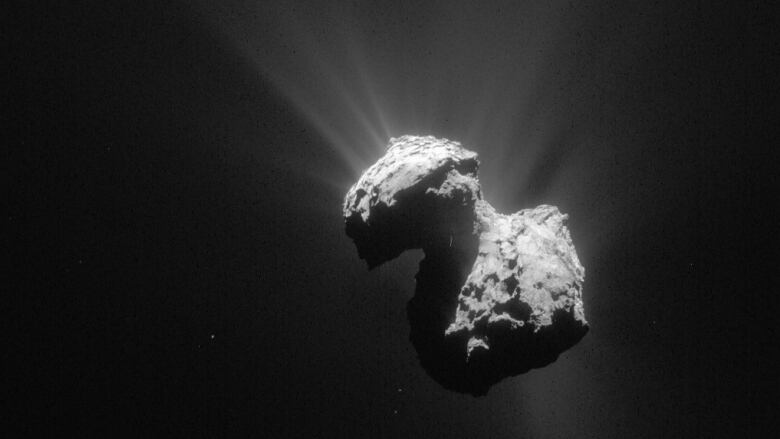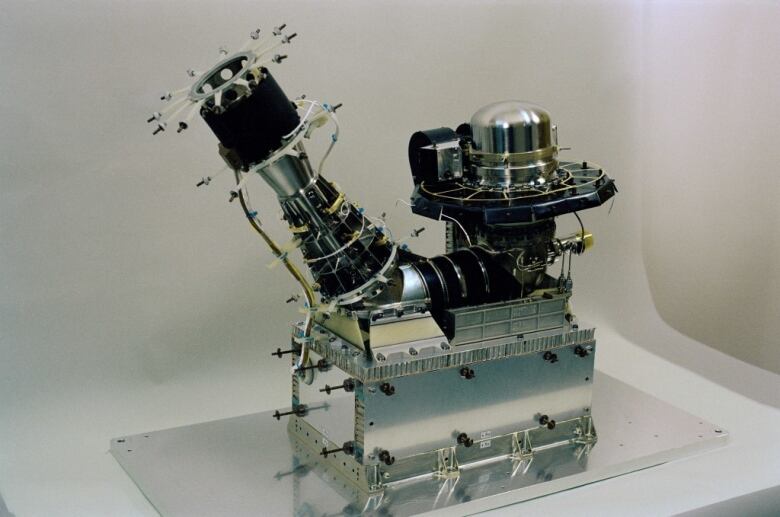Molecular oxygen found on comet 67P/Churyumov-Gerasimenko
'It is the most surprising discovery we have made so far on 67P'

Scientists say they have detected significant amounts of molecular oxygen coming out of a comet, an unexpected find that may have implications for the search for alien life and understanding how the solar system formed.
Oxygen atoms are abundant throughout the universe, but because they react very easily with other elements they are rarely found in the molecular form known as O2. Scientists had previously assumed that almost all oxygen in a comet would come in the form of water (H2O), carbon monoxide (CO), or carbon dioxide (CO2).
- Philaelander finds complex organic molecules like acetone on comet
- Rosetta spacecraft finds massive sinkholes on comet's surface
But using instruments aboard the European spacecraft Rosetta, researchers were able to prove the existence of large amounts of O2 in the gas cloud, or coma, around the comet named 67P/Churyumov-Gerasimenko.
"It is the most surprising discovery we have made so far on 67P, because oxygen was not among the molecules expected in a cometary coma," said Kathrin Altwegg, who co-authored the study published Wednesday in the journal Nature.
Trapped before comet formed
Andre Bieler, a research fellow at the University of Michigan who contributed to the study, said the constant level of molecular oxygen observed in the gas cloud indicates it was trapped before the comet formed and has remained there, untouched, since the early days of the solar system some 4.6 billion years ago.
Altwegg said the process by which molecular oxygen got into the comet challenges some theories about how the solar system formed, theories that presume all matter was heated and then cooled. Such a process would have resulted in the loss of molecular oxygen.

She said the finding could also have implications for the hunt for life on other planets. Many scientists have assumed the presence of oxygen and methane is a good indication of life, because those molecules are a by-product of primitive life forms.
But the abundance of both on comet 67P suggests that those two molecules alone shouldn't automatically be taken as evidence of life, said Altwegg.
Sara Seager, a professor of planetary science at the Massachusetts Institute of Technology who wasn't involved in the research, said the findings were a "wake-up call" because O2 has long been top of the list of molecules sought by scientists hoping to find evidence of life on other planets.
"The findings will add fuel to the fire for an already ignited debate about O2's false-positive scenarios," she added.













_(720p).jpg)


 OFFICIAL HD MUSIC VIDEO.jpg)
.jpg)



























































































